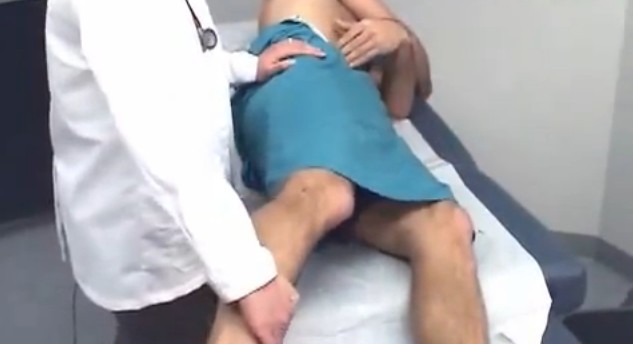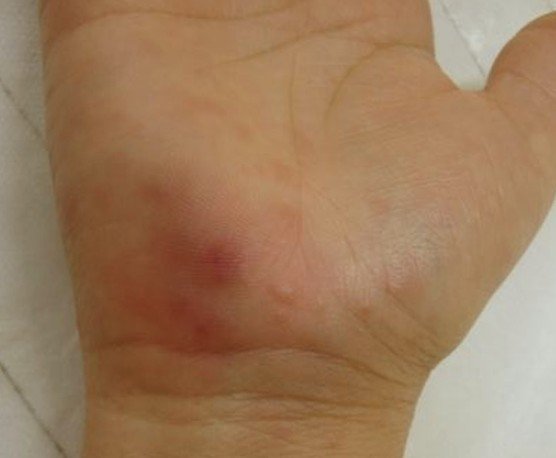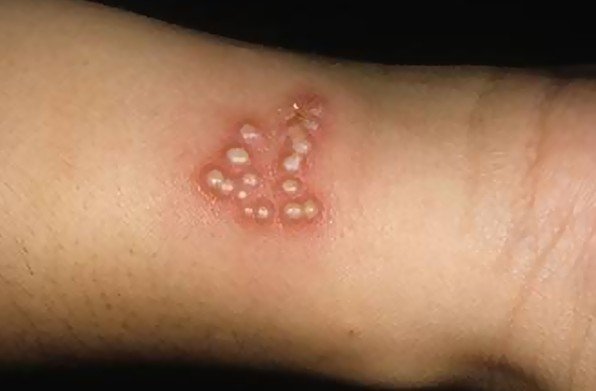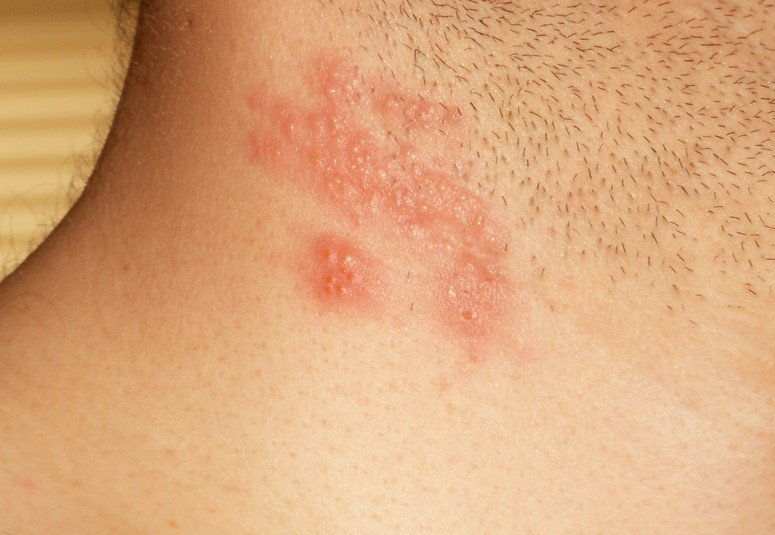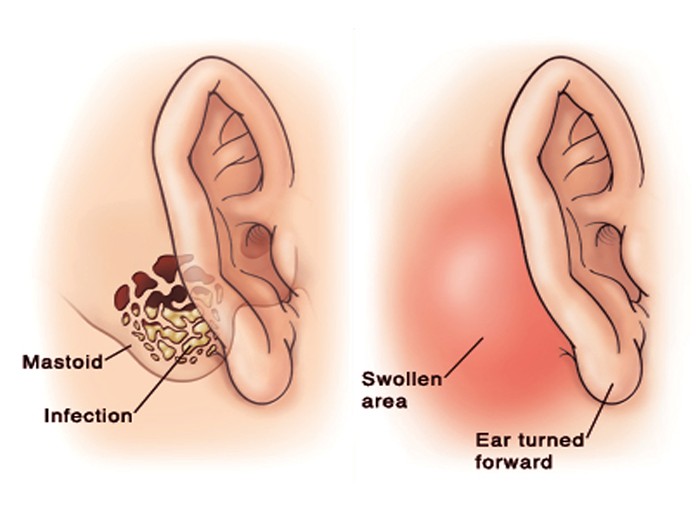Pleuritic Chest Pain
Definition
The pleuritic chest pain can be defined as one the symptoms of pleurisy. Pleurisy is a medical condition, in which the membrane that surrounds the lungs and the chest cavity becomes inflamed (pleura). The inflammation occurs, as you will see, due to an infectious process or as a direct result of different damaging factors. The pleuritic chest pain is often the first symptom of pleurisy.
What does pleuritic chest pain feel like?
The pleuritic chest pain is intense and sharp, appearing when the patient is trying to breathe. Some patients describe the pleuritic chest pain as stabbing or they compare it to a burning sensation. Others present the pain as rather dull, being located in either the right or the left side of the chest (depending on the part of the body that was affected). The pleuritic chest pain can be aggravated by breathing, coughing or even sneezing. The pain can irradiate from the chest to the shoulder or back area (referred pain).
Signs and Symptoms
These are the signs and symptoms of pleurisy that can accompany the characteristic pleuritic chest pain:
- Coughing – most common, the patients suffer from a dry cough (no expectoration)
- Fever and chills – these occur as the body is trying to fight the infection
- The breathing can become impaired – shallow and rapid
- One might experience shortness of breath
- Increased cardiac rhythm is also present (also known as tachycardia)
- If the infection is caused by a bacterial agent, the patient might experience a sore throat, with arthralgia and inflammation
- Overall fatigue or weakness
- Cyanosis in case of severe breathing difficulties
Causes
These are the most common causes that lead to the appearance of pleurisy, and thus to the pleuritic chest pain:
- Infection with different viruses
- Most common viral infections include the following microorganisms: influenza and parainfluenza, EBV, adenovirus, cytomegalovirus, RSV and coxsackievirus
- Other infections
- Fungal
- Parasitic
- Aortic dissection – tear in the interior wall of the aorta (emergency intervention required)
- Autoimmune disorders
- Systemic lupus erythematosus
- Drug-induced lupus erythematosus
- Autoimmune hepatitis
- Rheumatoid arthritis
- Pneumonia
- Tuberculosis
- Injury to the chest – caused by blunt force (penetrating into the chest)
- Fracture of the ribs
- Rupturing of the esophagus
- Familial Mediterranean fever
- Inherited condition
- Can lead to the appearance of the pleuritic chest pain, along with the high-running fever and abdominal swelling
- Surgical intervention on the heart
- Bypass grafting – surgical intervention performed at the level of the coronary arteries
- Heart disease
- Ischemia
- Inflammation of the pericardium (pericarditis)
- Congestive heart failure
- Spastic colon (inflammatory bowel disease)
- Neoplastic growths
- Cancer of the lungs
- Lymphoma (cancer at the level of the lymphatic system)
- Lung disease
- Cystic fibrosis
- Sarcoidosis
- Asbestosis
- Lymphangioleiomyomatosis
- Mesothelioma
- Pneumothorax (collapsed lung – emergency medical intervention is required)
- Pulmonary embolism – Caused by a blood clot in one of the lungs
- Idiopathic pain
- No identifiable cause identified, despite the patient presenting the above-mentioned symptoms
- Pancreatitis
- Cirrhosis of the liver
- Kidney failure
- Adverse reaction/side-effect of medication
- Medication for tuberculosis – isoniazid
- Cancer medication – methotrexate, procarbazine
- Medication for autoimmune disorders – hydralazine, procainamide, phenytoin, quinidine.
Treatment
The treatment for the pleuritic chest pain and the other symptoms presented by patients diagnosed with pleurisy has the following objectives: relief from the symptoms mentioned above, removal of the fluid/air/blood that has occupied the pleural space (leading to the inflammation) and the treatment of the underlying conditions that has led to such problems in the first place. It is important to remember that the removal of the fluid/air/blood is essential, so as to prevent the collapse of the respective lung.
These are the most common procedures used for the removal of the fluid/air/blood from the pleural space:
- Thoracentesis
- Insertion of a small tube through the wall chest
- The doctor will then attach a syringe to the respective tube, drawing the fluid out of the chest cavity
- Allows for the removal of approximately 1.5 L of fluid at once
- Chest tube insertion
- The chest tube in inserted in the wall chest as well
- Recommended for the removal of larger quantities of fluid from the chest cavity
- The chest tube is connected to a special device that removes the fluid through regular suction
- A chest X-ray might be performed in order to determine whether the chest tube has been correctly placed or not
- The chest tube can be used for the removal of blood
- Special chest tube insertion
- Recommended for the removal of blood or air from the chest cavity
- Hospital procedure (not outpatient or emergency)
- Administration of medication through the chest tube
- Recommended in case of fluid in the pleural cavity that contains pus or blood clots (hard to remove)
- The medication administered allows for the efficient removal of the pus/blood clots (fibrinolytics)
- Surgical intervention is required if the medication does not provide the desired results.
The medication that can be administered to those who suffer from pleuritic chest pain and pleurisy includes:
- Anti-inflammatory medication
- Purpose – pain-relief and reduction of inflammation
- Recommended choices – acetaminophen (paracetamol), ibuprofen, naproxen, indomethacin
- In case of coughing – anti-cough syrup (preferably with natural ingredients); the products with codeine should be reserved only for the more severe cases
- Corticosteroids
- In case of pleuritic chest pain in patients diagnosed with tuberculosis
- Cannot be administered for prolonged periods of time (negative consequences over the health)
- Other medications
- Tacrolimus
- Methotrexate.
The doctor might also be able to make a series of recommendations that are going to help you deal with the pain. For example, you can ease the pain by actually lying on the side on which the pain has appeared. Try to breathe as deep as you can and do not avoid to cough; you need to cough, in order to remove the excess mucus. Also, get plenty of rest and eat healthy (with plenty of hot liquids), so that you can recuperate from the infection.
The treatment of the underlying conditions includes:
- Antibiotics in case of bacterial infection
- The antibiotics should be taken for as long as they are prescribed, otherwise the bacteria will develop resistance to the treatment
- During the period of the treatment, you should consider taking probiotics (maintain a healthy intestinal flora)
- Antifungal medication (topical or oral administration) for fungal infections
- Pleurodesis – the first step of this procedure involves the drainage of the fluid present in the pleural space; for the second step, the doctor will use a special substance in order to seal up the pleural space (no more risk for fluid buildup)
- In case of cancer
- Removal of the cancerous growths
- Chemotherapy
- Radiotherapy
- Medication for heart disease
- Reduce the risk of heart failure
- May include diuretics
- Anti-tuberculosis medication
- Alternative treatments
- Acupuncture
- Natural expectorants
- Traditional Chinese herbs (Echinacea)
- Contrast hydrotherapy
- Nutritional therapy (vitamin supplements)
- Homeopathy.
How long does the pleuritic chest Pain last?
If there are no complications associated, you can expect the pleuritic chest pain to last for approximately two weeks. However, in case of chronic conditions, such as tuberculosis or cancer, the pleuritic chest pain can become chronic as well.
